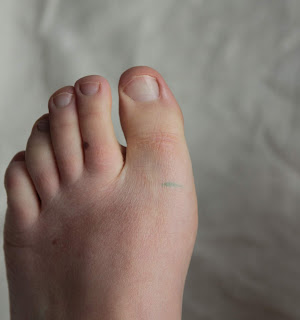Sculpture in Context 2017
| This year's Sculpture in Context is on now at the National Botanic Gardens, until October 20th. It's well worth a visit, though I like any excuse to visit the Botanic Gardens at this time of year. Since having Small People in my life, my opinions on public art have changed somewhat. I've gone from liking the look, and sometimes the concept of the piece, to enjoying pieces that can be interactive; ones that encourage kids of all ages to get involved instead of having to warn them not to touch the untouchable thing on a plinth. Luckily, Sculpture in contect always has plenty of variety; lovely things to look at, fun things to interact with, hidden things, obvious things, and all in a wonderful setting. There were quite a few pieces that reflected or distorted images of the rather iconic Palm house. It's enjoyable to imagine how these pieces would change depending on their surroundings - another play on the idea of sculptures in a specific context. Here are some of our favourite pieces from this year.  |
| The Magic Door - Apologies for I did not note the artist's name. This one will be a lovely reminder to any 80's children of Ireland. Sadly, the zoo was not on the other side. This can't be explained with words; just a video. See Linky |
 |
| Shrubmarine by Claire Halpin & Madeleine Hellier I do enjoy a good word pun. |
 |
| Le Poète by Mick Davis I love the use of old bicycle tyres for this. |
 |
| Foundlings by Roisin Murphy Purdue |
 |
| Knotaball by Squarepegs Art Group Some fibre art!! each ball is wrapped in crochet. I do love simple shapes making a visual statement. |
 |
| Ecdysis - Shedding Skin by Lorna Murphy |
 |
| The Space in Between by Michelle Maher |
 |
| Blanket for the Ground by Maeve O'Donnell |
 |
| Sunrise by Martin O'Keefe This piece shows distorted reflections of the orchid house, or the tearooms, depending on your viewpoint |
 |
| Meitheal by Ballyfermot College of Further Education This was full of tiny details of garden creatures & plants, made of fabric, felt, braided wires & other materials. |
 |
| Flower Heads - 'Branching' by Thomas Wollen |




Comments
Post a Comment